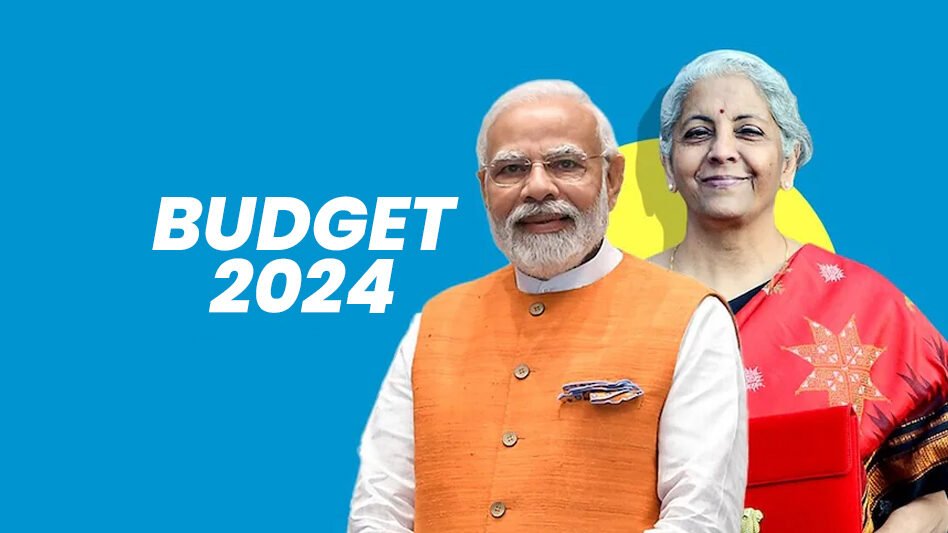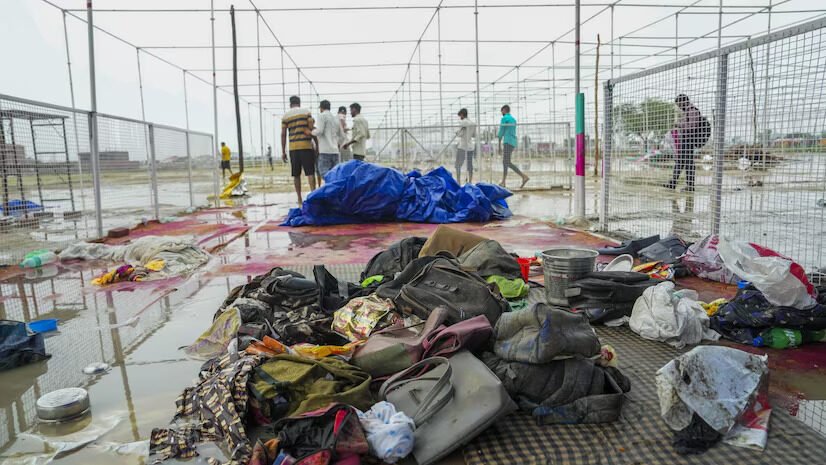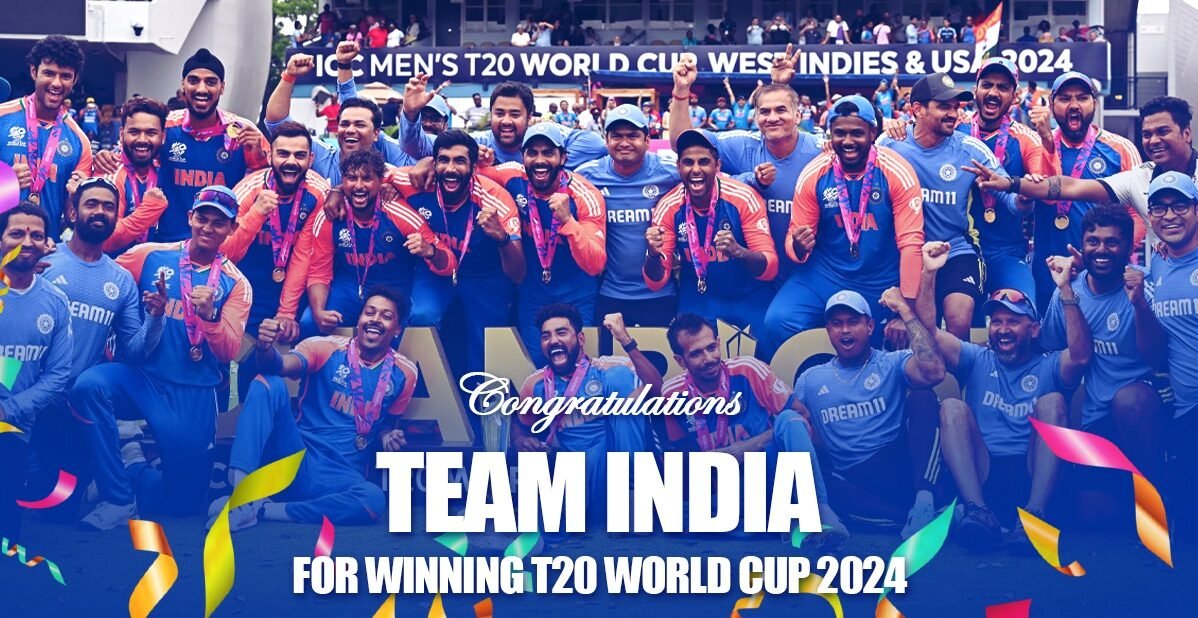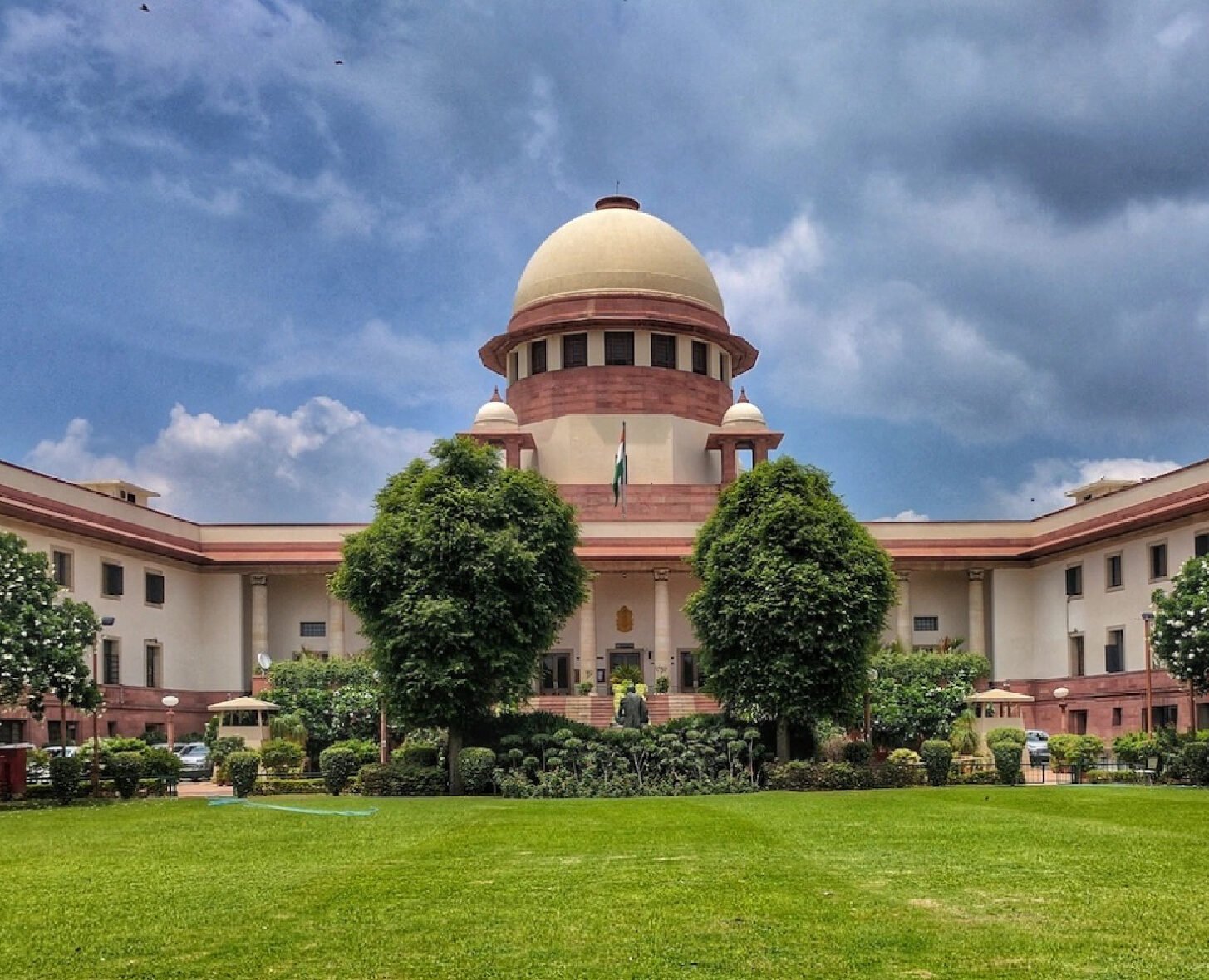A work culture of happiness
The unfortunate and tragic death of a young girl employed with a premier consultancy company is a matter of great concern and has rightfully attracted the attention of all stakeholders. The seriousness of the issue can be gauged by the fact that this is not an isolated incident of unreasonable work pressure and toxic work culture in an organization leading to excessive stress in employees causing major health and mental health issues. This is true of most organizations whether in the public or private sector but the problem seems to be more acute in the corporate sector. The excessive focus on improving the bottom line at all costs ignores the human element and creates a work culture where machines and human beings are treated alike. Efficiency and productivity are the goals that corporate organizations seek to achieve but they little realise that they achieve just the opposite by putting their employees under unreasonable and excessive stress.
The desire to cut costs and increase the profits becomes so obsessive that often the organization tries to take the work of two to three people from one employee. Curiously, the key result area of HR, in most organizations, is to reduce the cost to the company and they do so by being very stringent in the number of people that they hire. Reduction in ratio of cost of personnel to revenue or profits is taken as a positive indicator of efficient management. They may have to recruit professional manages at a high salary because of the dynamics of supply and demand in the market but they make up for it by taking the work of two to three managers from one. One frequently hears managers complaining that their repeated requests for getting support staff falls on deaf ears even as the demands on their time keep multiplying with more and more work being thrust upon them. The result is that it becomes impossible for an employee to manage her time and she is constantly running against impossible deadlines. While fixing targets or deadlines the senior management is not reasonable making the employees feel that they are not meeting the imposed expectations. This creates conflict and also a situation where the senior expresses displeasure and the employee concerned feels a sense of failure and gets stressed. This is further compounded if the boss has a short fuse and resorts to shouting or blaming his team managers. Repeated such toxic events lead to a major stress threat for the employee and this constant spiral results in serious physical and mental health issues.
The motto of the school where I studied was that work is worship. In my entire 38 years of career in the IAS I have enjoyed my work and never felt it to be any kind of a burden. In fact, I used to be bursting with energy every single day of my career. Most successful professionals or Government servants will support me when I say that work itself is a source of great satisfaction and creates positive emotions and happy sentiments. If one is involved in her work and the nature of the job is according to ones calling then one never counts the number of hours that one puts into work. A sense of wellbeing is closely related to the level of enjoyment that a person derives from her work. At a seminar on happiness at the work place a few days ago a lady Doctor shared her experience of being often woken up in the middle of the night to perform an emergency surgery but she never felt any stress or negativity about it. On the other hand she always felt a deep sense of satisfaction of providing relief to her patient. Work, then, is a source of enjoyment and fulfillment and does not kill anybody. However, if one is stuck in a job which is not to her liking then work becomes of source of unhappiness. It is, thus, important to choose a job profile which is to one’s liking rather than take up a job enticed purely by a high salary package.
The work culture in an organization is responsible for creating positive or negative emotions amongst its employees. It is not work but a toxic work culture which causes stress, anxiety and related health issues. If an organization treats its employees merely as a mechanical resource and tries to extract the last pound of flesh from them, it creates a poisonous work culture. Impossible deadlines, giving inadequate support staff, expecting the moon, having a hierarchical relationship and not alloying freedom of expression or action creates an unhappy work place. If there is no objectivity and fairness in the performance evaluation system then also it makes the employee distressed. An employee gets emotionally disturbed if she has a boss who publicly humiliates her often for no fault of hers. Further, the work culture is such that the top management is very stingy with praise but extravagant with criticism. It is said in management circles that culture eats strategy for breakfast. I would go on to add that a toxic work culture eats the employees for lunch.
Developing a positive work culture is not rocket science. It is simply a question of right attitude and mindset flowing down from the top management. It is about treating employees as human beings by having a holistic approach and always keeping in mind the fact that the success of every organization depends upon the wellbeing and satisfaction of its people. So many studies have shown that it is not success that leads to happiness but it is the other way round. If the employees in an organization are happy they would be more productive and innovative and the organization would be able to perform at a high level.
Work life balance is the buzz phrase these days. It has its supporters as well as detractors. Many fresh entrants to job market believe that work life balance means less pressure of work, more vacations, relaxed atmosphere with no deadlines and a lot of happy activities. This is a wrong attitude to approach one’s job with. There is no substitute to hard work and work life balance does not imply only life and no work. On the other hand an atmosphere of only work and no life is also detrimental to a working environment. The crucial word is balance. The ideal work culture is one which balances both work and life outside work. The physical and mental health of employees should be of great importance to an organization.
Employees feeling a sense of exhaustion, at the age of forty, are a poor reflection on the work culture of an organization. The top management of such companies must own the responsibility for the same.
Along with concern for profits and productivity, organizations must concern themselves with the wellbeing of its people. I would go as far as to say that it should be their overriding concern. A happy work culture where employees feel that they are valued and their jobs are enriched creates a happy and successful organization. The golden rule is to treat employees as human beings. These days, numerous aspects of the working of an organization are audited. To these happiness audit of employees must be mandatorily added.










